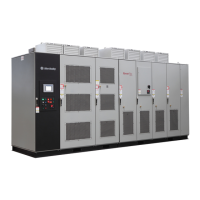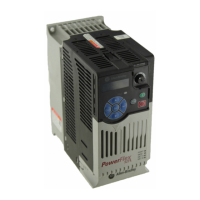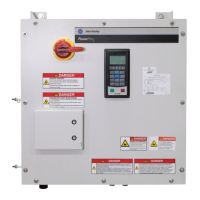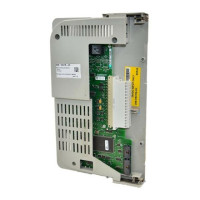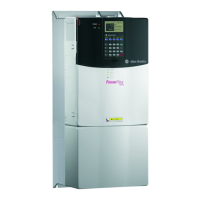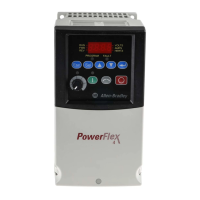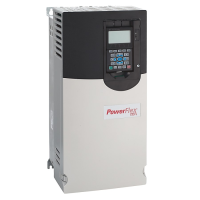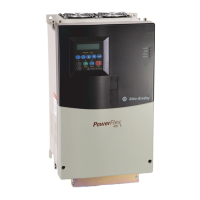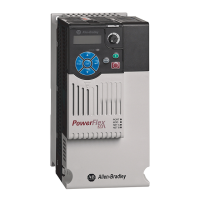Cable, Power 2-35
Installation, Operation and Environmental Considerations
• THHN jacket material has a relatively brittle nylon that lends itself to
damage (i.e. nicks and cuts) when pulled through conduit on long wire
runs. This issue is of even greater concern when the wire is being pulled
through multiple 90 degree bends in the conduit. It is these nicks that
may be a starting point for corona that leads to insulation degradation.
• During operation, the conductor heats up and a “coldflow” condition
may occur with PVC insulation at points where the unsupported weight
of the wire may stretch the insulation. This has been observed at right
angle bends where wire is dropped down to equipment from an above
wireway. This “coldflow” condition produces thin spots in the insulation
which lowers the cable’s voltage withstand capability.
• The NEC 1996 code defines “dry, damp and wet” locations (7-31) and
permits the use of heat-resistant thermoplastic wire in both dry and damp
applications (Table 310-13). However, PVC insulation material is more
susceptible to absorbing moisture than XLPE (Cross Linked
Polyethylene) insulation material (XHHN-2) identified for use in wet
locations. Because the PVC insulating material absorbs moisture, the
Corona Inception Voltage insulation capability of the “damp” or “wet”
THHN was found to be less than 1/2 of the same wire when “dry”. For
this reason, certain industries where water is prevalent in the
environment have refrained from using THHN wire with IGBT drives.
Cable Recommendations for New & Existing Installations of IGBT Drives in Wet
Locations
• Belden YR41709 cable is a PVC jacketed, shielded type TC with XLPE
conductor insulation designed to meet NEC code designation XHHW-2
(wet locations per NEC 1996, Table 310-13). Based on Rockwell
Automation research, tests have determined the Belden YR41709 is
notably superior to loose wires in dry, damp and wet applications and
can significantly reduce capacitive coupling and common mode noise.
Other cable types for wet locations include those in the table above
Figure 2.5 summarizes the previous considerations and explanations.
Because applications can vary widely, the information in the flowchart is
intended to be used only as a guideline in the decision-making process.
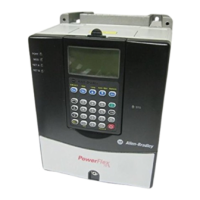
